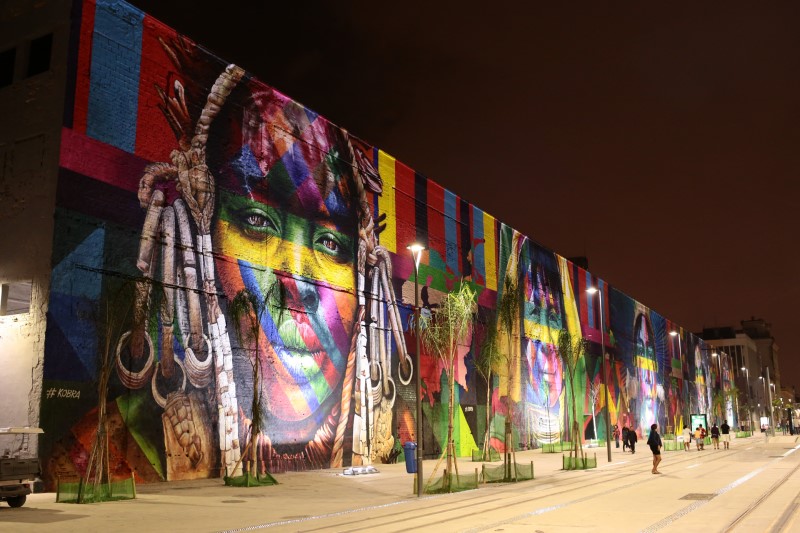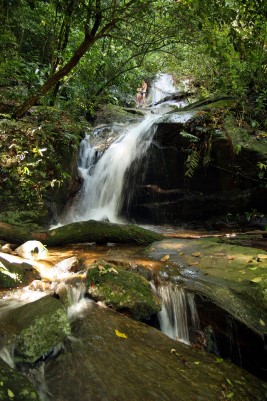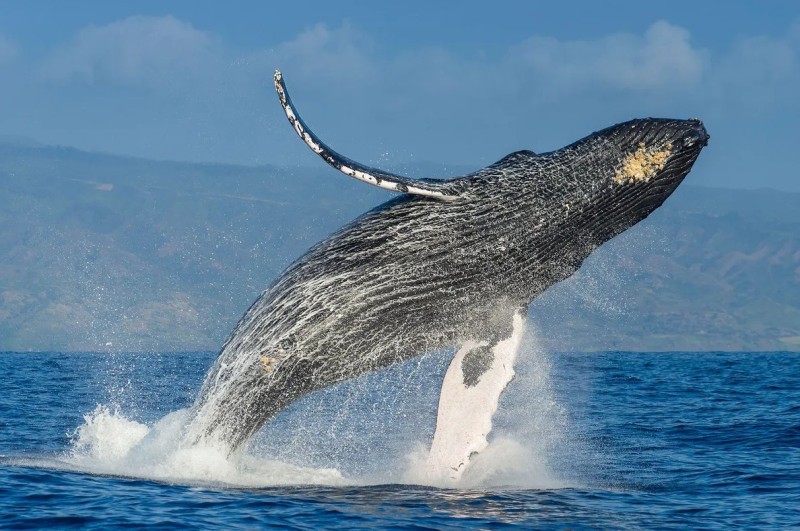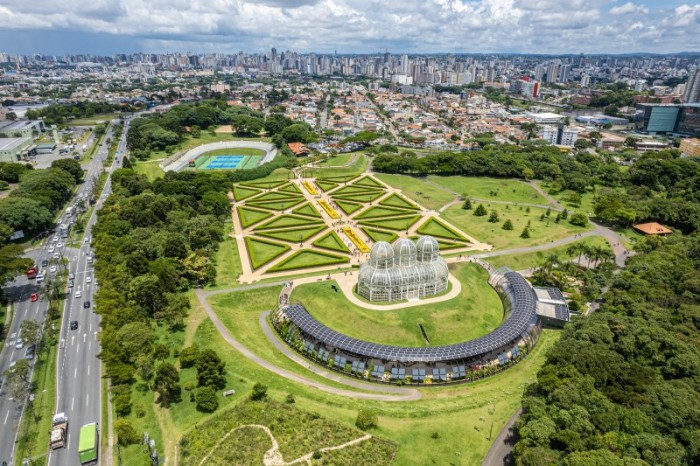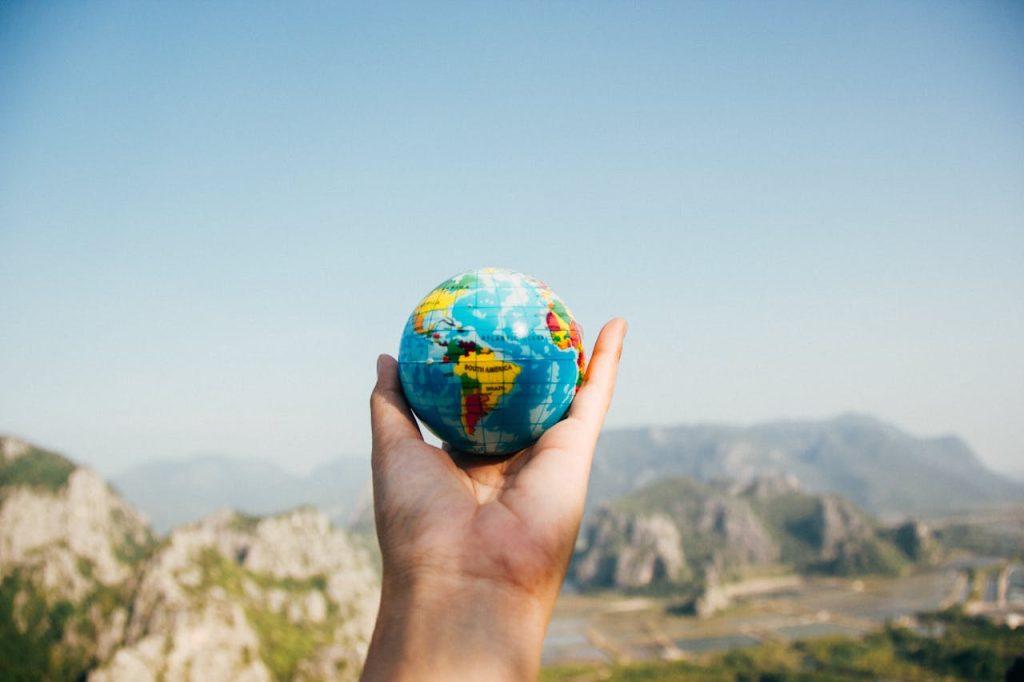Rio de Janeiro, Brazil’s iconic destination, is preparing to host the next G20 leaders’ summit on 18 and 19 November 2024. Known for its boundless energy and spectacular scenery, the city offers much more than its global image suggests. This major event will once again put Rio in the international spotlight, providing the perfect opportunity to rediscover the many facets of this city that never ceases to surprise.
A Historic and Literary Capital
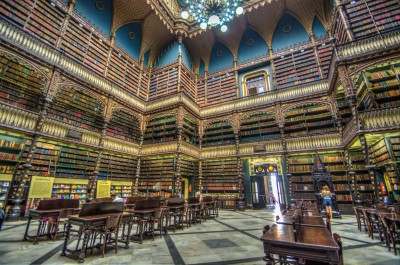
Did you know that Rio de Janeiro was once the capital of an empire? Between 1808 and 1822, the city became the capital of the Kingdom of Portugal, and later of the Empire of Brazil. This unique heritage is preserved in the Royal Portuguese Reading Room, a spectacular library in the heart of Rio. Founded in 1837 by Portuguese immigrants, it houses over 350,000 books, including literary treasures such as a first edition of Las Lusíadas (1572). The building, designed in a neo-Manueline style, is an architectural marvel, with stone imported from Portugal for its construction.
📍 Address: Rua Luís de Camões, 30 – Centro, Rio de Janeiro. Free admission.
A Monumental Work of Art
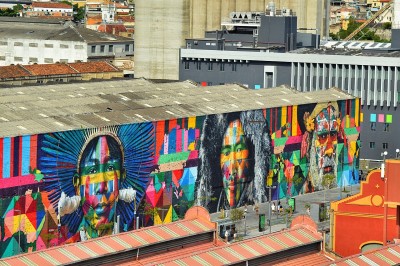
Fans of urban art will be impressed by the Etnias mural, also known as Todos somos um, (We are all one humanity), by artist Eduardo Kobra. Located on the Olympic Boulevard, this giant 32,300 square metre fresco holds the Guinness record for the largest work of street art in the world. Created for the 2016 Olympic Games, it depicts five faces from different ethnic groups, symbolising global unity. Kobra and his team used 1,500 litres of paint and 3,000 spray cans to create the work, which conveys a powerful message of peace and diversity.
📍 Address: Av. Rodrigues Alves, 241 – Gambôa.
A Finger Pointed at Heaven
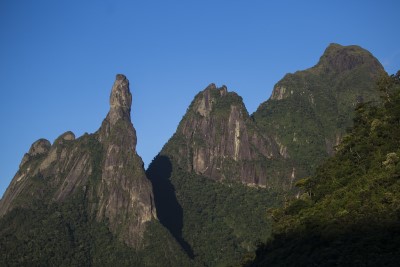
As well as the famous Sugar Loaf, Rio is home to another spectacular rock formation: the Finger of God. Located in Teresópolis, 60 kilometres from Rio, this peak in the shape of an index finger pointing skywards rises to an altitude of 1,500 metres. More than 600 million years old, it attracts climbing enthusiasts and nature lovers alike. The view from the summit is a veritable spectacle of the Serra dos Órgãos National Park and its surroundings.
Hidden waterfalls in the middle of Rio
The Tijuca Forest, the largest urban forest in the world, hides several natural waterfalls that offer a haven of peace in the heart of the bustling city. The Cachoeiras do Horto, with their natural pools, are particularly popular with locals and travellers alike. The more secluded Diamantina waterfall invites you to immerse yourself in a lush natural setting that gives the impression of being in the Amazon, while still being just a few minutes from the metropolis. These places are perfect for a refreshing break and a reconnection with nature.
A Vestige of the Airship Era

Rio de Janeiro boasts one of the world’s last Zeppelin hangars, located on the Santa Cruz air base. Built in 1936, this gigantic hangar housed the famous German airships for transatlantic flights between Europe and South America. At 60 metres high and 270 metres long, it remains an architectural curiosity and a fascinating reminder of a bygone era. Today, it is only accessible on special occasions.
📍 Address: Base Aérea de Santa Cruz – Rua do Império.
Much more than its iconic postcards, Rio de Janeiro is home to unexpected treasures that bear witness to its cultural and natural wealth. These secrets, at the crossroads of history, art and nature, invite visitors to explore the city in a new light, through unique and memorable experiences.
Our article: The 10 best beaches in Rio de Janeiro
Photo credits: Riotur/ Fuerza Aerea Brasileña – Source: Embratur

